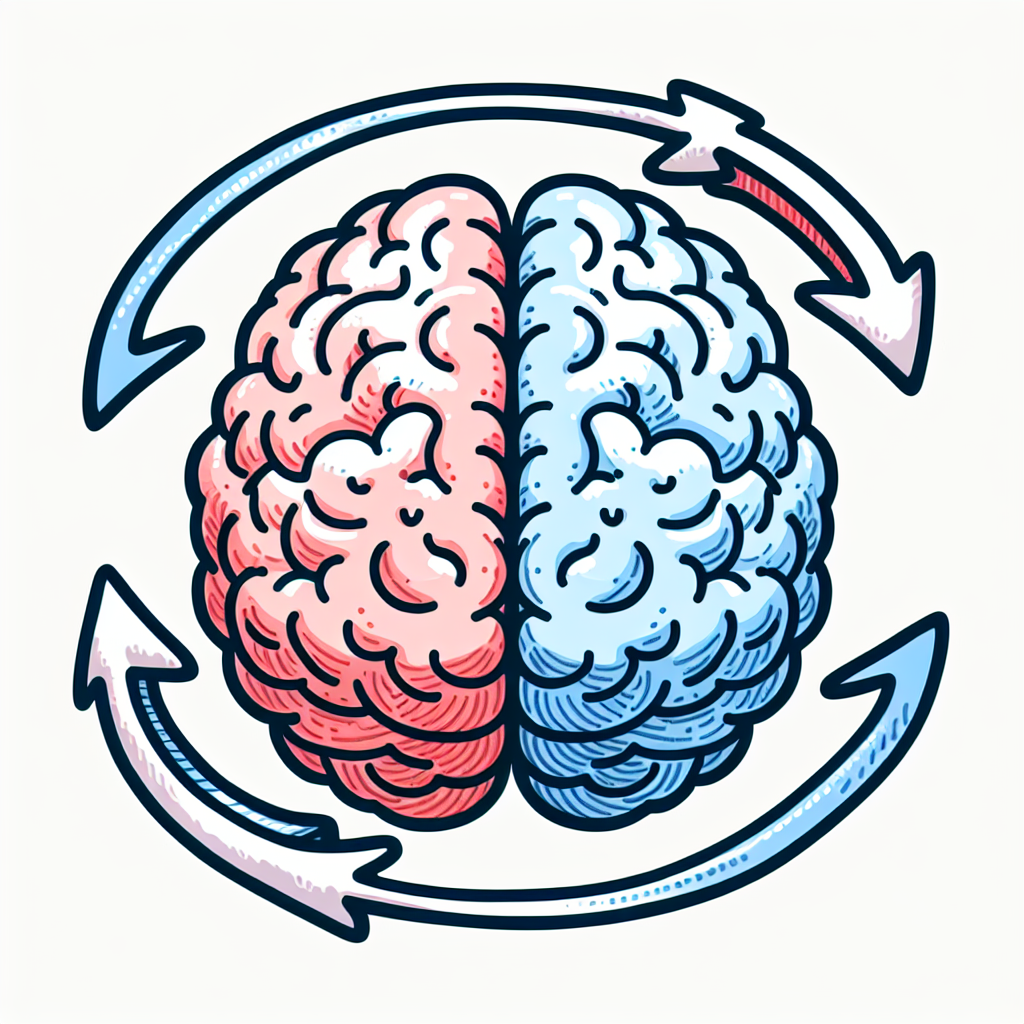What is EMDR?
In today’s world, mental health concerns are increasingly recognized and addressed. One therapy that has gained considerable attention is Eye Movement Desensitization and Reprocessing (EMDR). Specifically designed to help individuals with PTSD, EMDR is a powerful therapeutic approach that has shown remarkable results. Its benefits extend far beyond only treating PTSD. It has been utilized to address anxiety disorders, including generalized anxiety disorder (GAD) and panic attacks. Individuals dealing with depression, phobias, and obsessive-compulsive disorder (OCD) have also found relief through EMDR therapy. Additionally, this therapeutic approach can help those suffering from complex trauma, dissociative disorders, and stress-related conditions. By targeting the root of distressing memories and reducing the emotional charge associated with them, EMDR offers a path to healing for a diverse range of mental health issues.
Definition
Eye Movement Desensitization and Reprocessing (EMDR) is a psychotherapy technique developed by Francine Shapiro in the late 1980s. It is designed to alleviate the distress associated with traumatic memories. This therapy involves the use of bilateral stimulation, such as eye movements, tapping or binaural sounds, which is believed to help the brain process and integrate traumatic memories.
How Does It Work?
 EMDR therapy is based on the Adaptive Information Processing (AIP) model. The AIP model suggests that mental health issues might arise when trauma or negative experiences are inadequately processed by the brain. These memories become “trapped” in a memory network and and they remain emotionally charged. As a result, they continue to cause distress for the individual long after the event has occurred and sometimes long after the event is even remembered! According to Francine Shapiro, “EMDR is a physiologically based therapy that helps a person see disturbing material in a new and less distressing way.” By targeting these trapped memories and utilizing bilateral stimulation, EMDR helps the brain fully process these memories and integrate them into a more adaptive memory network.
EMDR therapy is based on the Adaptive Information Processing (AIP) model. The AIP model suggests that mental health issues might arise when trauma or negative experiences are inadequately processed by the brain. These memories become “trapped” in a memory network and and they remain emotionally charged. As a result, they continue to cause distress for the individual long after the event has occurred and sometimes long after the event is even remembered! According to Francine Shapiro, “EMDR is a physiologically based therapy that helps a person see disturbing material in a new and less distressing way.” By targeting these trapped memories and utilizing bilateral stimulation, EMDR helps the brain fully process these memories and integrate them into a more adaptive memory network.
In essence, the AIP model posits that through this method, the brain can reprocess traumatic memories, reducing their emotional charge and integrating them into a more adaptive and healthy memory network.
It is Evidence-Based
EMDR has been extensively researched and has shown to be an effective therapy for various mental health concerns. Multiple studies have demonstrated its effectiveness in treating PTSD, anxiety disorders, depression, and other conditions. In fact, the American Psychiatric Association, the Department of Veterans Affairs (VA), and the International Society for Traumatic Stress Studies (ISTSS) all recognize it as a valid treatment.
The Process of EMDR
It typically follows an eight-phase approach:
- History-taking
- The therapist collaborates with the client to learn their history and determines if EMDR would be appropriate.
- Preparation:
- The therapist explains the EMDR process. The protocol is discussed and the client is exposed to what EMDR might look like for them. Resources are developed so that the client can always return to a feeling of safety and stability.
- Assessment:
- The client identifies specific memories and the associated negative emotions and beliefs that are causing distress.
- Desensitization:
- The therapist uses bilateral stimulation (such as guided eye movements, tapping or binaural sounds) to help the client reprocess the memory.
- Installation:
- Positive beliefs are identified, to replace the negative ones, and these are reinforced with bilateral stimulation.
6. Body Scan:
- The client scans their body to identify any residual tension that might be related to the memory.
- Closure:
- The session ends using various resources (developed during the Preparation stage) to ensure the client feels stable and safe.
- Reevaluation:
- The therapist assesses the progress and determines if further sessions are needed.
Phases 1 through 3 may take several sessions. Phases 4 though 7 are completed in one session. Longer sessions are sometimes recommended. The following session begins with Phase 8. Phases 3 through 8 are repeated until the client feels that all of their important / distressing memories have been worked through.
Problems EMDR Can Address
EMDR is not limited to treating PTSD alone. It has shown efficacy in addressing a wide array of mental health concerns, including:
- Anxiety and Panic Disorders:

- It can reduce the intensity and frequency of anxiety and panic attacks. It can also help individuals develop healthier coping mechanisms for managing their anxiety.
- Depression:
- By helping to reprocess negative memories and beliefs, EMDR has shown effectiveness in reducing symptoms of depression. It can also help individuals develop a more positive outlook on life.
- Phobias:
- EMDR has been used to address specific phobias, such as fears related to flying, heights, or animals. By targeting the root cause of these phobias, EMDR can help individuals overcome their fears and live a more fulfilling life.
- OCD:
- EMDR therapy has been successful in helping individuals with OCD reduce their symptoms by reprocessing the underlying traumatic memories that may be triggering their compulsive behaviors.
- Complex Trauma:
- EMDR is suitable for addressing complex trauma, such as childhood abuse or neglect. It helps to process these experiences and reduce their emotional charge, leading to improved overall mental health.
- Grief and Loss:
- EMDR helps individuals process and cope with the emotional pain of losing a loved one. It can also be useful in addressing unresolved grief from past losses.
Is EMDR Right for You?
If you are suffering from any of the above mental health concerns, EMDR therapy may be a suitable option for you. It is essential to consult with a qualified therapist who can assess your unique needs and determine if EMDR would be an appropriate treatment modality for you. With its track record of success and growing body of research supporting its efficacy, EMDR has become a highly sought-after therapeutic approach for individuals seeking relief from distressing emotional experiences.
Ready to Take the Next Step?
If you or someone you know is struggling with PTSD or other mental health concerns, EMDR therapy might be the solution you’ve been looking for. To learn more about this innovative therapy and to schedule an appointment, reach out to Amanda Freeman, PhD, at amanda@headwaytherapgroup.com or book an appointment.
For additional information on EMDR, visit the EMDR International Association


Recent Comments